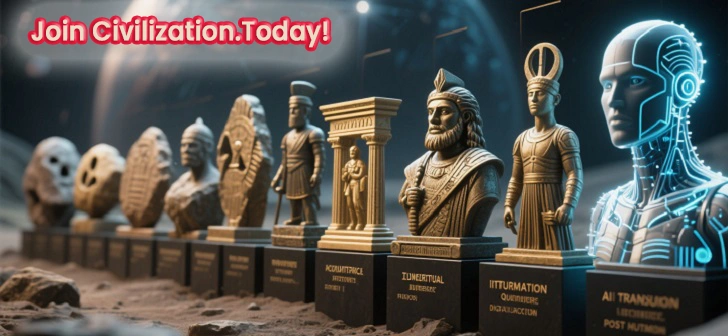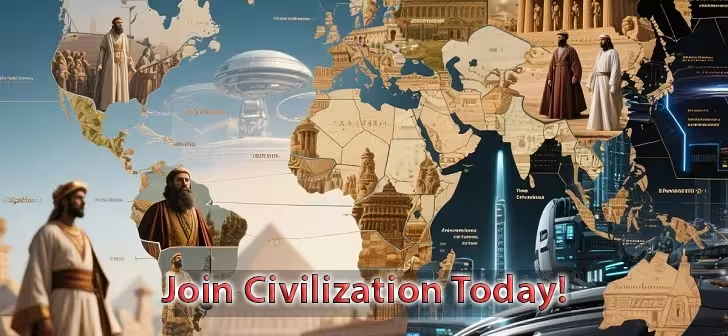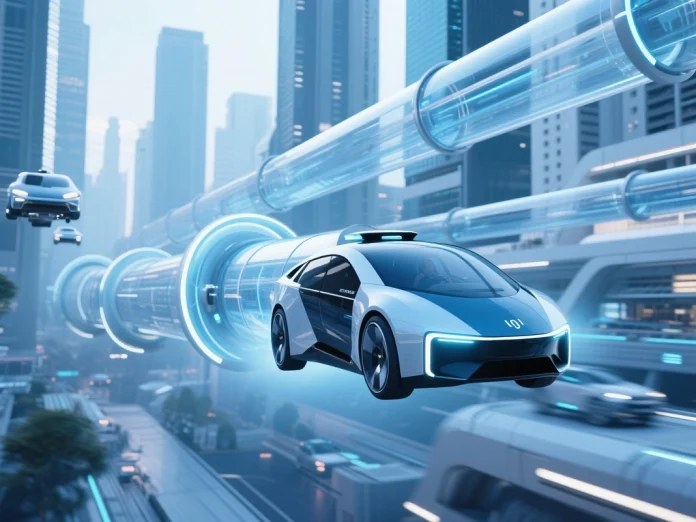The Future of Transportation is no longer a distant dream—it’s unfolding right before our eyes. From lightning-fast Hyperloops to autonomous electric vehicles (EVs), and even flying taxis, the transportation industry is undergoing a revolution unlike anything in history. Driven by technology, sustainability concerns, and the desire for efficiency, these innovations are set to redefine how people and goods move across the planet.
This article dives into the emerging technologies shaping the Future of Transportation, explores their benefits and challenges, and imagines what our daily commute might look like in the decades ahead.
Hyperloop: Travel at the Speed of Innovation
The Hyperloop is no longer just a concept from Elon Musk’s whitepaper—it’s becoming a tangible reality. Imagine boarding a sleek pod, gliding silently through a near-vacuum tube at speeds exceeding 700 mph (1,100 km/h). This technology promises to connect cities faster than airplanes, without the emissions or noise pollution associated with traditional transport.
Why Hyperloop is a game-changer for the Future of Transportation:
- Unmatched speed. Potential to cut travel times between major cities from hours to minutes.
- Eco-friendly design. Powered by renewable energy, drastically reducing carbon footprints.
- High efficiency. Minimal friction and resistance make it more energy-efficient than air travel.
Challenges remain, such as infrastructure costs, safety testing, and regulatory approval, but multiple companies—like Virgin Hyperloop and Hardt Hyperloop—are actively developing the technology.
Electric Vehicles (EVs): The New Standard
While the Hyperloop represents futuristic intercity travel, electric vehicles are already transforming our streets. With brands like Tesla, BYD, and traditional automakers investing heavily in EV technology, adoption rates are climbing worldwide.
Why EVs are central to the Future of Transportation:
- Zero tailpipe emissions. Significant reduction in greenhouse gases compared to internal combustion engines.
- Lower operating costs. Electricity is cheaper than gasoline, and EVs require less maintenance.
- Integration with renewable energy. Charging stations increasingly use solar and wind power.
The next phase for EVs involves autonomous driving, enhanced battery efficiency, and vehicle-to-grid integration—where cars can store and return energy to the power grid during peak demand.
Autonomous Vehicles: From Science Fiction to Everyday Reality
Self-driving cars, buses, and trucks are set to revolutionize how we view transportation ownership and logistics. Companies like Waymo, Cruise, and Tesla are pushing boundaries, while autonomous freight trucks could drastically cut delivery times and costs.
Benefits for the Future of Transportation:
- Reduced accidents caused by human error.
- Optimized traffic flow through AI-driven coordination.
- More accessible transport for elderly and disabled individuals.
While public trust and legal frameworks still need to catch up, the technology continues to advance at breakneck speed.
Flying Taxis and Urban Air Mobility
Urban congestion is one of the biggest headaches for modern cities. Enter flying taxis—vertical take-off and landing (VTOL) aircraft designed for short urban hops. Companies like Joby Aviation and Lilium are racing to create quiet, electric air taxis that could drastically reduce commute times.
Potential impact:
- Turning 1-hour traffic jams into 10-minute flights.
- Reducing road congestion and pollution.
- Opening up new travel options for suburban and rural areas.
High-Speed Rail Renaissance
While flashy innovations get the spotlight, high-speed rail remains a proven and sustainable option for mass transit. Countries like Japan, China, and France have demonstrated how efficient, reliable, and eco-friendly bullet trains can be.
Integrating high-speed rail with new transport modes like Hyperloop could create a seamless Future Transportation ecosystem.
The Role of AI and Connectivity
Artificial intelligence and 5G connectivity will serve as the nervous system of tomorrow’s transportation networks. Imagine:
- Real-time traffic optimization across cities.
- Predictive maintenance for vehicles and infrastructure.
- Fully integrated ticketing and ride-sharing platforms.
The result? A more efficient, safe, and personalized travel experience.
7. Environmental and Social Impact
The Future of Transportation isn’t just about speed—it’s about sustainability and equity. Innovations aim to:
- Cut global emissions and help fight climate change.
- Increase accessibility for underserved communities.
- Promote shared mobility, reducing the number of private cars on roads.
However, the transition requires significant investment, political will, and global cooperation.
Conclusion: The Road (and Sky) Ahead
From underground vacuum tubes to autonomous flying taxis, the Future of Transportation is a thrilling mix of science, engineering, and vision. In the coming decades, our daily commute may be faster, cleaner, and more connected than ever before.
The question is not if these technologies will reshape our lives—but how quickly. The race toward the future is on, and the winners will be the societies that embrace innovation while addressing its challenges.




